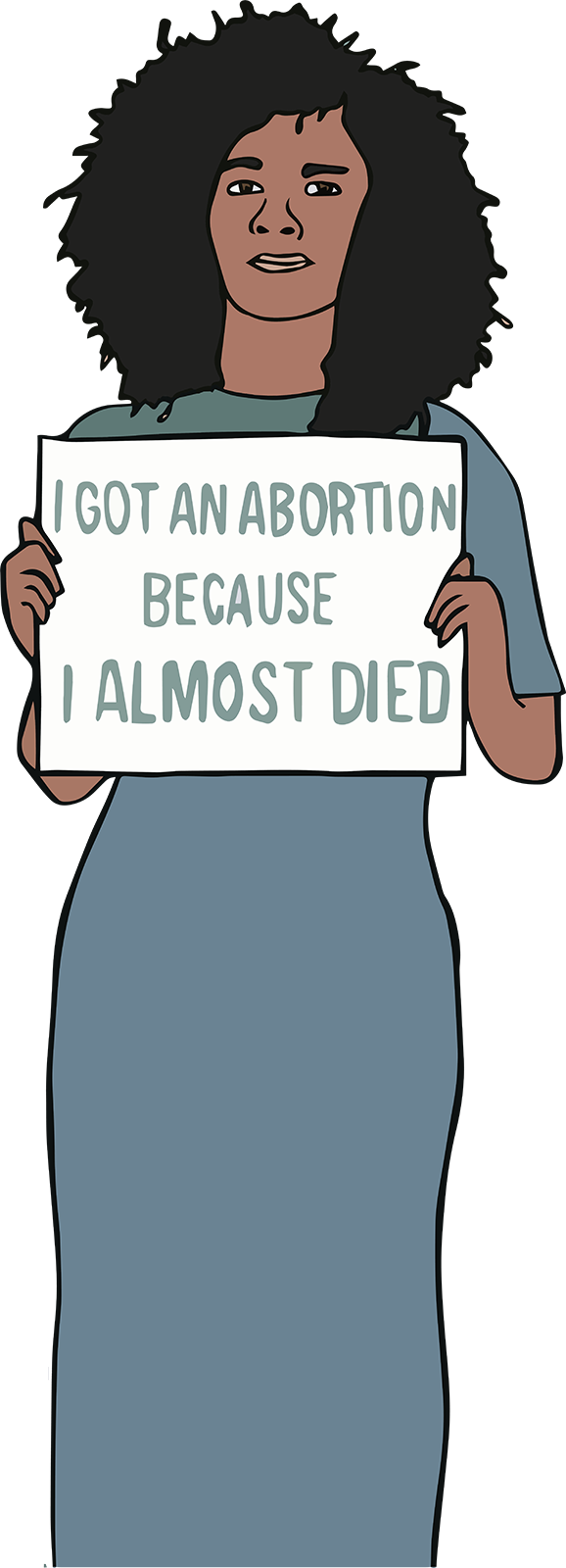

In the late 1960s and early 1970s Oregon made reforms to their abortion laws, providing more detailed medical guidance on when therapeutic abortions could be performed.
In 1962, the American Law Institute published their model penal code as it applied to abortions with three circumstances where they believed a physician could justifiably perform an abortion, "If ... there is substantial risk that the continuance of the pregnancy would gravely impair the physical or mental health of the mother or that the child would be born with grave physical or mental defect, or that the pregnancy resulted from rape, incest, or other felonious intercourse."Versions of this model were passed into law in many states during the late 1960s and early 1970s. Oregon was an exception in that they chose to model their law in 1970 after the British Abortion Act of 1967.[17] State law in 1971 required that any woman getting a legal abortion in the state needed to be a resident for some specific period between 30 and 90 days.
The US Supreme Court's decision in 1973's Roe v. Wade ruling meant the state could no longer regulate abortion in the first trimester.
The first clinic arson occurred in Oregon in March 1976.
Rachelle "Shelley" Shannon attempted to set fires at abortion clinics in Oregon and other states in the late 80s and early 90s.
In March 2016, there were 12 Planned Parenthood clinics in the state.] In 2017, there were 12 Planned Parenthood clinics in a state with a population of 911,617 women aged 15 – 49 of which 8 offered abortion services. That year, 30% of women in Oregon aged 15 – 44 lived in a county without an abortion clinic.
In 2010, Oregon had 3,427 publicly funded abortions, of which all were state funded.
As of 2017, Oregon allows qualified non-physician health professionals, such as physicians' assistants, nurse practitioners, and certified nurse midwives, to do first-trimester aspiration abortions and to prescribe drugs for medical abortions.
Reproductive Health Equity Act was passed in 2017. The law required health insurance to offer abortion coverage and to absorb most of the costs for the procedure instead of passing them along to women.
In August 2018, Oregon had a law passed to protect the right to have an abortion.
As of May 2019, Oregon was the only state in the nation that had no legal restrictions on abortion—such as waiting periods, mandated parental involvement or limitations on publicly funded abortions—often found in other states.